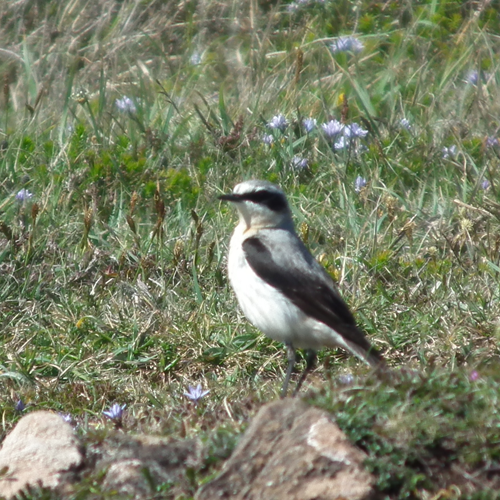 Some-one recently asked me “When do you think Spring starts?”
Some-one recently asked me “When do you think Spring starts?”
There is the standard meteorologists’ definition of Spring from the 1st March to the 31st of May. But there is also the astronomical, traditional calendar view that it is from the 21st of March until the 21st of June.
But there is no magical overnight change from Winter to Spring on those dates, except through coincidence! The precise definition depends on your individual interpretation of what you see, hear or experience in your local observations of Nature.
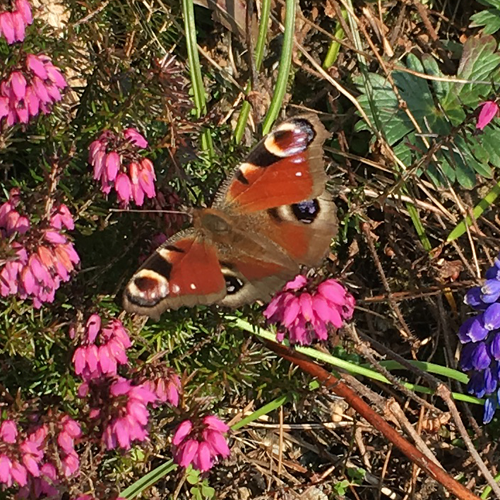 It may be the sound of a skylark singing, almost beyond vision, in a clear windless sky. Then you realise that there are lots of other resident birds singing more frequently. Garden and hedgerow birds such as blue and great tits, blackcaps, dunnocks, wrens, chaffinches, goldfinches and linnets, join the blackbirds, song thrushes and robins now firmly set on establishing territory, paired together as the breeding season comes into flow.
It may be the sound of a skylark singing, almost beyond vision, in a clear windless sky. Then you realise that there are lots of other resident birds singing more frequently. Garden and hedgerow birds such as blue and great tits, blackcaps, dunnocks, wrens, chaffinches, goldfinches and linnets, join the blackbirds, song thrushes and robins now firmly set on establishing territory, paired together as the breeding season comes into flow.
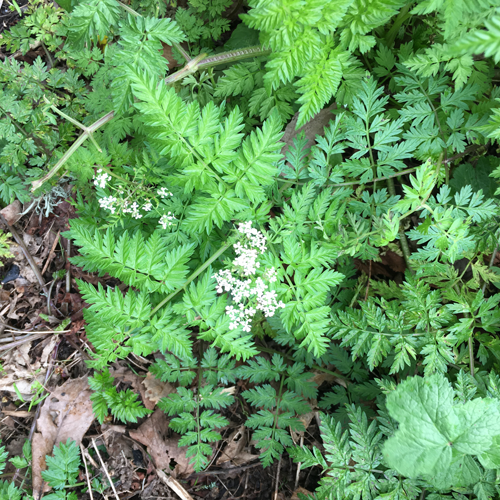
Animals have begun to venture out. A hedgehog snuffling or a brown hare boxing are rarities to observe these days, but they are here on the Roseland. You hear and see bumblebees, solitary bees and early queen wasps prospecting for new breeding sites. There are more butterflies around, commas, peacocks and orange tips. In ponds there are stirrings from tadpoles and maybe a frog or a toad croaking nearby or even a smooth newt surfacing briefly. On the cliff paths you may see an adder sunning itself, or briefly a brown lizard on flat stone walls. Both are likely to disappear as you approach!
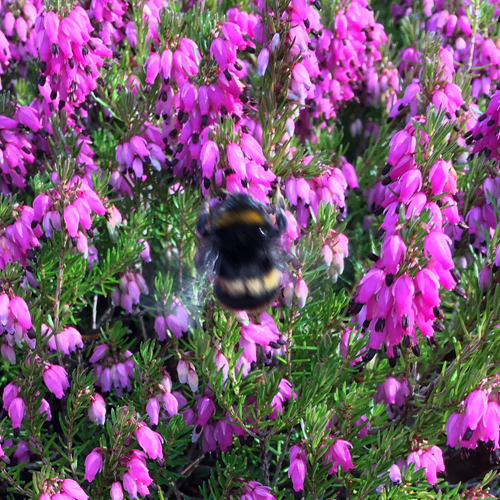
Then there is the warmth of the sun, with more sunlight every day encouraging the swelling of buds and the start of blossom on trees with catkins dancing in the breeze and the deep drumming in woodland of a great spotted woodpecker. Fresh green leaves appear on hedges; and plants begin to emerge from the earth, so there are primroses, wood anemones, violets, daisies and dandelions joining the roadside daffodils.
On the coast path a bird, in shape like a large slim robin with long legs, is just back from having wintered south of the Sahara. It searches for invertebrates, fluttering low along clifftops, typically bobbing as it perches on prominent stones, and as it flies shows its startling white rump, with strongly contrasting plumage in the male: grey backed, with black wings and tail contrasting sharply with its orange buff breast and black eyemask. A gem of a migrant. It is a wheatear. That is for me the start of Spring!
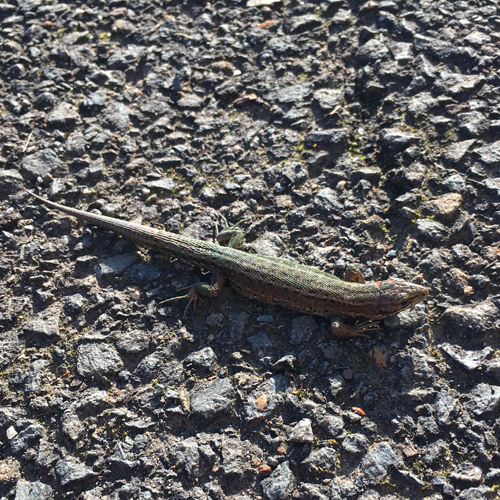 Wild Roseland’s next talk is on how our observations of wildlife can help us to build a bigger picture of what is happening in Cornwall, whether we use traditional methods, apps or photos for identification. We will be shown how to submit records to various local and national organisations and in particular, using ORKS, (Online Recording Kernow and Scilly), how we can contribute to the local database of nature in the Roseland and the rest of Cornwall.
Wild Roseland’s next talk is on how our observations of wildlife can help us to build a bigger picture of what is happening in Cornwall, whether we use traditional methods, apps or photos for identification. We will be shown how to submit records to various local and national organisations and in particular, using ORKS, (Online Recording Kernow and Scilly), how we can contribute to the local database of nature in the Roseland and the rest of Cornwall.
There will be a practical session too, so bring along your mobile phones, notebook records and photos. Take part that evening in digitally submitting your records, with staff on hand from the Environmental Records HQ for Cornwall and the Isles of Scilly to guide you. Date : Tuesday 24th of March. Place: Gerrans Parish Memorial Hall. Time: 7.00pm. Admission by donation.
Upcoming Wild Roseland Walks and Talks – dates for your diary
Note that all events are free but a small donation of £3 would be welcomed.
 Helping understand Cornwall’s wildlife through observation
Helping understand Cornwall’s wildlife through observation
Tuesday 24th of March, 7.00pm, Gerrans Parish Memorial Hall
A practical session, we will be shown how to submit records to various local and national organisations and in particular, ORKS. Bring along your mobile phones, notebook records and photos. Take part in digitally submitting your records, with staff on hand from the Environmental Records HQ for Cornwall and the Isles of Scilly to guide you.
Contributors:
Article by David Hall. Edited by Tara Robinson.
Wild Roseland is a group of volunteers who care passionately about looking after the nature and landscape of the Roseland peninsula in south Cornwall. Through a number of initiatives and projects, the aim is to inspire and enhance the conservation of this special place for all.
Image credits:
Wheater: David Hall
Common lizard, Sweet Cicely, bumblebee and peacock butterfly: Tara Robinson
